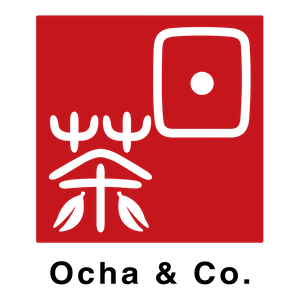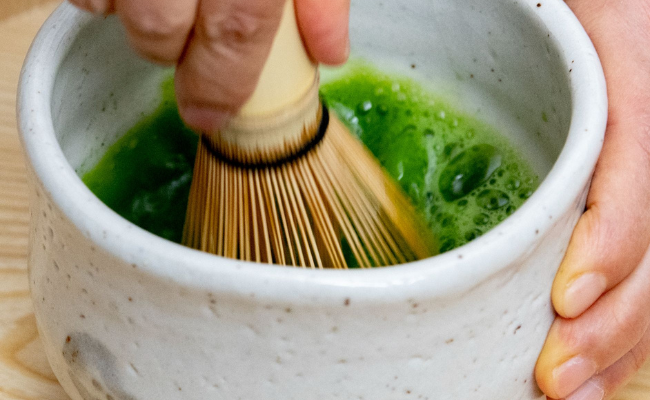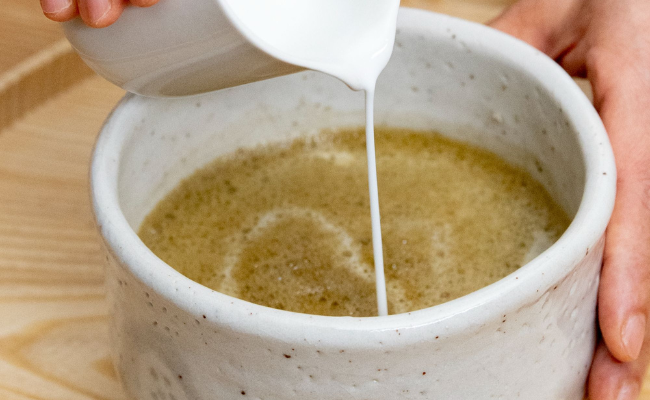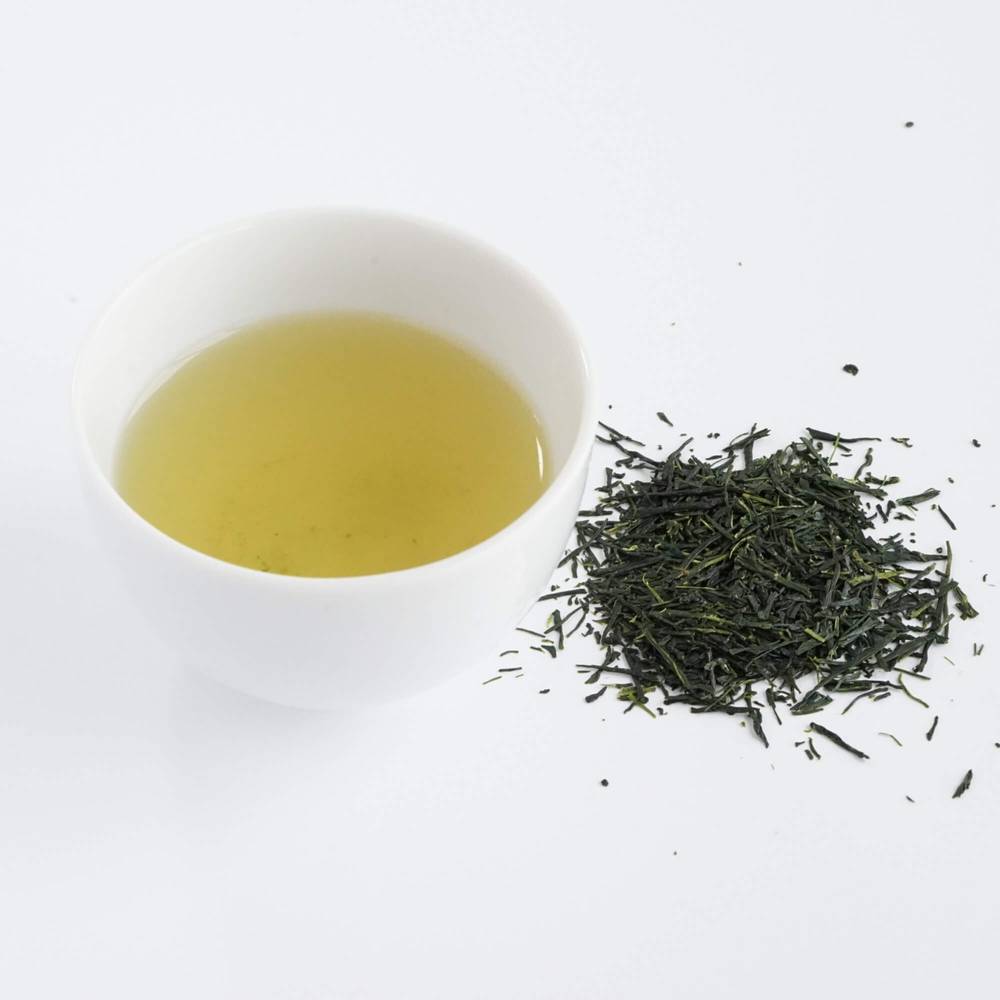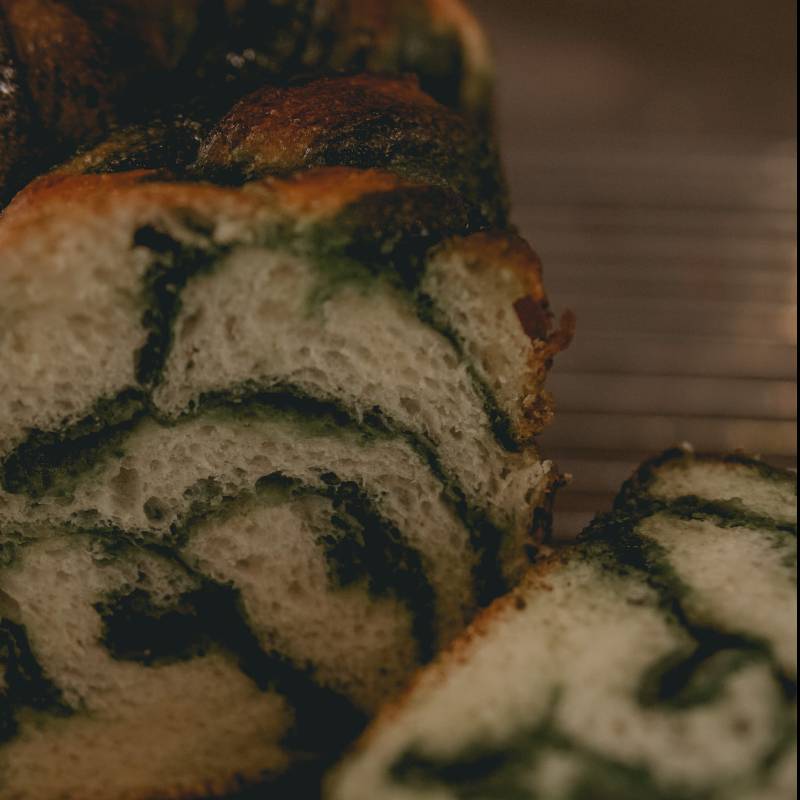Genmaicha
GENMAICHA - THE HISTORICAL HACK THAT REVOLUTIONISED GREEN TEA
Genmaicha is a style of green tea that incorporates roasted brown rice.
The tea began with the very humblest of beginnings, one that encapsulates the saying that necessity is the mother of all inventions.
The maxim certainly paid off - today it’s one of the most popular green tea brews in Japan - and, as our own Genmaicha is a testament, with a rapidly growing stature worldwide.

|
|
GENMAICHA - A (TEA) POTTED HISTORY
Making tea with a combination of leaves/rice is, admittedly, quite an odd concept. But there is method - and a little bit of home economics - to that strangeness.
Genmaicha has introduced centuries ago simply as a means of bulking out tea and making the leaves go further for lower-income households in Japan. The consequence, perhaps unintended at the time, of that simple kitchen hack was absolutely delicious.
Originally the rice would have been prepared in domestic kitchens by a very simple process of first soaking, then steaming, then setting aside to dry and then roasting (or toasting) in a wok or on a tray.
Once prepared (and cooled) it was combined with the tea leaves - the ratios depending on how long the household needed their supply to last.
The roasted brown rice adds a deep, toasty, nutty character when combined with the fresh, grass tang of the brewed leaves and makes for a completely unique flavour. All the sweeter, one can imagine, for making precious tea stores last that little bit longer, back in the day.
To drive costs further down, everyday households would usually brew their genmaicha tea with bancha leaves - a late harvested, high yield and lower cost tea but still packing flavours that chimed so well with those of the rice.
Although it’s colloquially known in Japan as “the people’s tea”, Genmaicha didn’t stay a particularly well-kept secret of the working class for long. The taste of the tea - and the simplicity of its preparation - was a great leveller that, in some respects, broke down socio-economic barriers.
As its popularity spread, it became perfectly acceptable to make Genmaicha as a stand-alone beverage - rather than an economic improvisation - from higher quality sencha.
Today there’s even a Genmaicha made with the highest quality organic matcha and roasted rice combined. Known as matcha iri genmaicha - it has an even deeper, creamier flavour. How do we know? Well, we specially select the ingredients from certified and award-winning organic producers for our Genmaicha tea with matcha and sell it here.

HOW IS THE RICE IN GENMAICHA PREPARED?
The word Genmai translates as “brown rice” but the rice in Genmaicha is, in fact, usually a high-starch white variety - either mochi rice or Japanese rice - uruchimai. It’s quite common in Japan for households to prepare their own Genmaicha in the kitchen using the traditional methods. And if you buy your Genmaicha from an exporter the soaking, steaming, drying and roasting process is recognisably the same albeit on a much larger scale.
But there is one small, in fact, rice-sized, difference.
In the West, Genmaicha is often marketed as “popcorn tea” - that’s a reference to the fact that some of the rice kernels in the mix are ‘popped’ or ‘puffed’ and resemble, well, tiny pieces of popcorn. It should go without saying that there’s no corn in the tea but, that said, there’s a brief, almost nostalgic, after-taste of the fairground favorite in the tea, there’s also a sweetness thanks to the sugars and starch in the rice - so it might not be a total coincidence.
So what’s the difference between home and factory-prepared rice?
We’ll let you in on a secret...
The roasting of the rice in factories is, as you might expect, efficient, tightly timed, and results in perfect, uniformly toasted rice. Too perfect, in fact!
For individual grains of rice to puff up, occasionally explode, or ‘pop’ - as fans of Genmaicha have come to expect to find in their tea bags or among their loose tea leaves - requires the sort of uneven heat and ersatz cooking times you would expect from a domestic cooking scenario.
That just doesn’t happen under factory conditions - so, much smaller batches of rice are often cooked traditionally by producers and then mixed into the factory-cooked rice. It has absolutely no effect on the flavor, but when customers, especially new converts to ‘popcorn’ tea are expecting, well, popped rice they won’t be disappointed!
It’s a case of giving the people the ‘people’s tea’ they want.
IS GENMAICHA HIGH IN CAFFEINE?
Like all green teas Genmaicha does contain caffeine - but the addition of rice to the leaves means that you’ll actually consume less of the stimulant and be able to enjoy a brew later in the evening than you might with other green teas.
Genmaicha also has less of an acidic note than most green teas. Again that’s down to the rice. The starch and sugars in the grains, released by the brewing water, give the liquid a ‘fullness’ and dampen down the astringency of the leaves in favor of the bright flavors of the tea. It’s a great palette cleanser and an especially good accompaniment to sushi.
HOW TO BREW HOT (& COLD) GENMAI MATCHA
Ocha & Co’s high-quality organic Genmaicha is simplicity itself tobrew in a pot from loose.
For a single cup (200ml water) you’ll need to spoon 4g (0.14 oz. = 1 heaped tsp.) into your teapot. Just increase the measurements relative to the number of people joining you.
Boil your water and then let it cool to a temperature of between 80-90 C.
Steep for 15 seconds and then serve. You should be able to get up to three infusions.
Our Genmai Matcha is equally delicious as a cold brew batch that you can keep in the refrigerator. Add 600 ml fresh, filtered if possible, water to a pitcher. Spoon in 12g (0.42 oz or 3 heaped tsp), cover, and cold brew for a minimum of three hours.
Genmaicha is a great ‘wake-up’ cold brew and well worth preparing before bed and leaving overnight.
The tea is, of course, strained as it’s served, but people hearing about Genmaicha for the first time quite reasonably ask if their bowl of tea is going to be a bit, well, ‘lumpy’.
_optimize.jpg)
